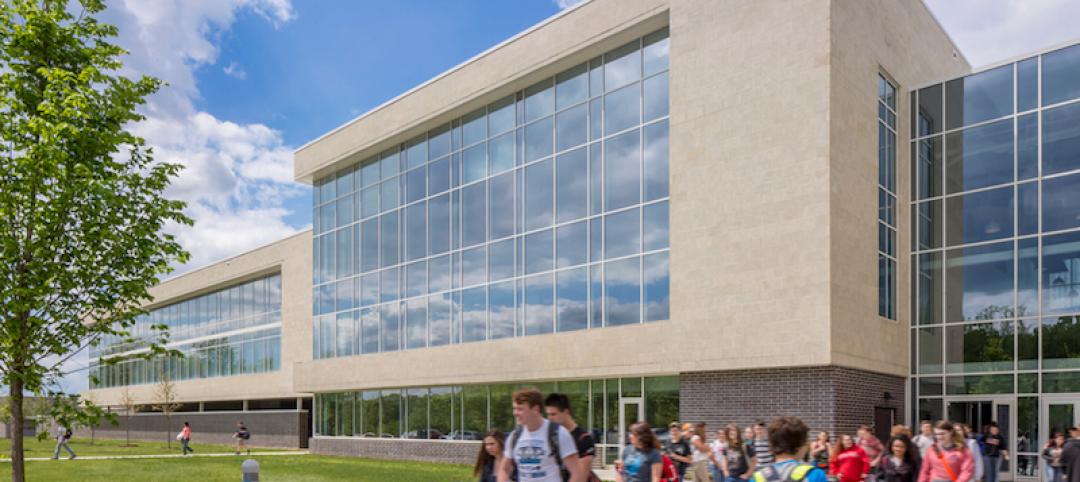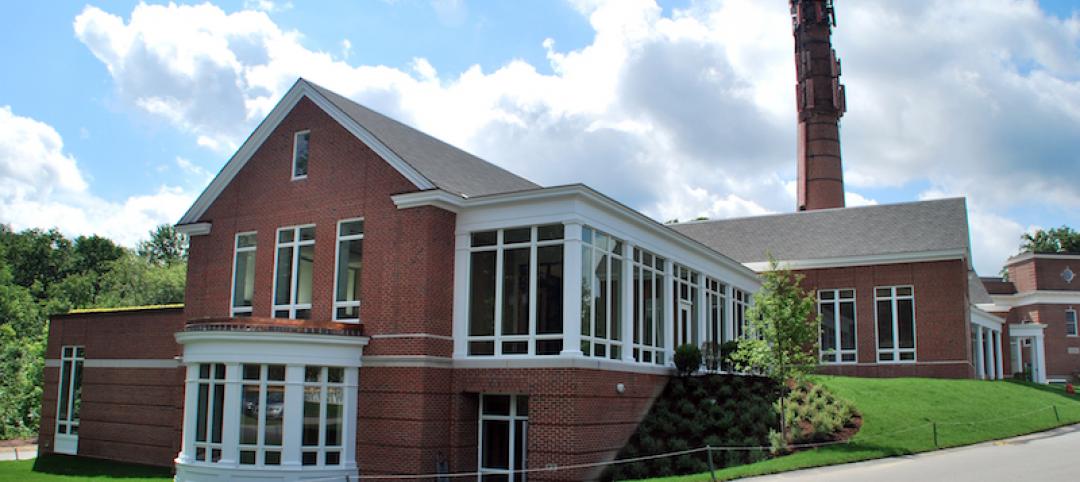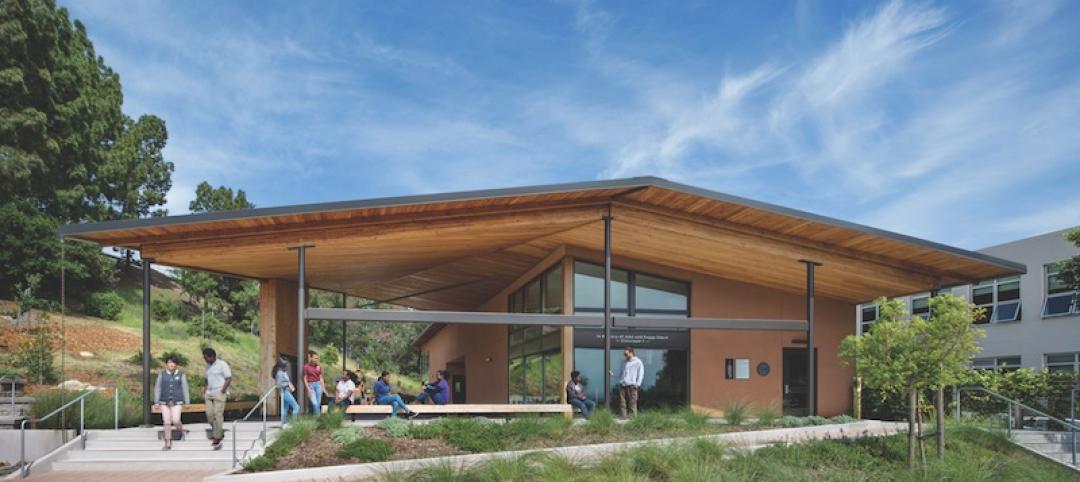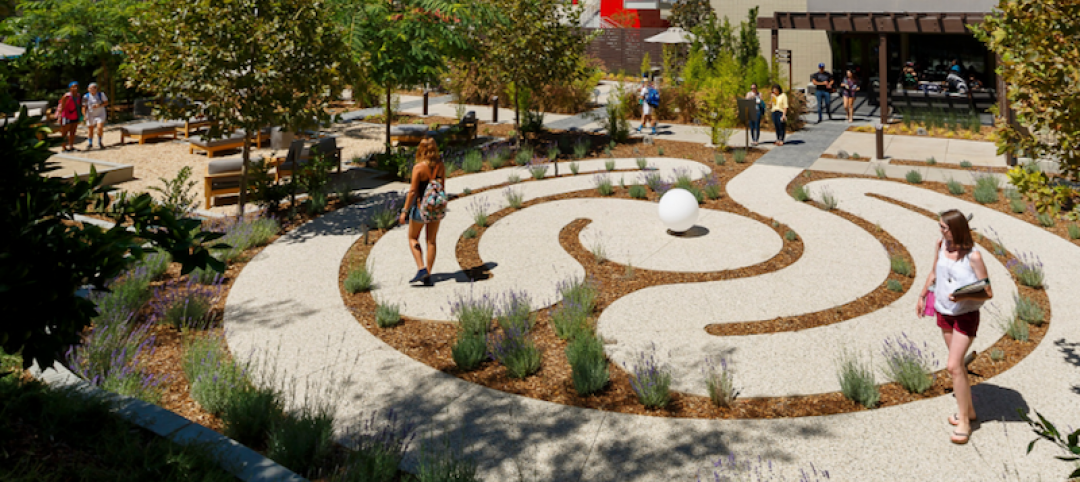The Collaborative for High Performance Schools (CHPS) released its K-12 school-focused CHPS 2019 Core Criteria 3.0.
The third edition incorporates recent developments in construction and building materials technology. It also adds credits addressing lowering school buildings’ carbon footprint through the reduction of greenhouse gas emissions and promoting resiliency to climate change.
“These guidelines continue to be the only school-specific rating system that prioritizes student performance in its monitoring and benchmarking tools,” according to a CHPS news release. The guidelines set standards for schools for indoor air quality, natural lighting, acoustics, energy efficiency, and the use of low-emitting building materials.
The CHPS Core Criteria is developed and maintained by the CHPS National Technical Committee, an all-volunteer 62 member committee representing school districts, designers and engineers, government agencies, education advocates, researchers, and product manufacturers.
Related Stories
Education Facilities | Oct 3, 2017
The growing demand for early childhood education
When the design of early learning centers is grounded in the science of developmental psychology and education, these educational environments can address multiple domains of development that positively stimulate young children's physical and cognitive growth.
K-12 Schools | Oct 2, 2017
A Houston office park gets a new life as a private day school
Shepley Bulfinch designed the 75,000-sf campus.
K-12 Schools | Sep 20, 2017
Activating innovation: Trends in K-12 education
School structures offer a unique opportunity as they can often double as community centers and serve as shelters in the event of an emergency or natural disaster.
Architects | Sep 19, 2017
What we talk about when we talk about placemaking
What does Good Growth mean and how do we set about achieving it?
K-12 Schools | Sep 12, 2017
Perkins Eastman publishes findings on high-performance schools
Metrics suggest correlation between key design strategies and occupant satisfaction and building performance.
Performing Arts Centers | Sep 11, 2017
19th century smokestack highlights a Massachusetts performing arts facility
CBT Architects and Windover Construction collaborated on the adaptive reuse project for Middlesex School.
K-12 Schools | Sep 8, 2017
The economic case for engaged classrooms in K-12 schools
Flexible, modern classrooms should be viewed as a key element of a sound financial strategy, producing a solid return-on-investment.
K-12 Schools | Aug 31, 2017
Environmental studies building highlights sustainability in every design element
The LEED Platinum and Zero Net Energy Verified building minimizes energy use via its site orientation.
K-12 Schools | Aug 18, 2017
How to create healthy learning environments with active design
Active design can be incorporated into any facility or campus with a few simple steps.
K-12 Schools | Aug 9, 2017
A school in Denmark is clad in 12,000 solar panels
C.F. Møller designed the building to create a connection between the school premises and the surrounding public urban space.
















